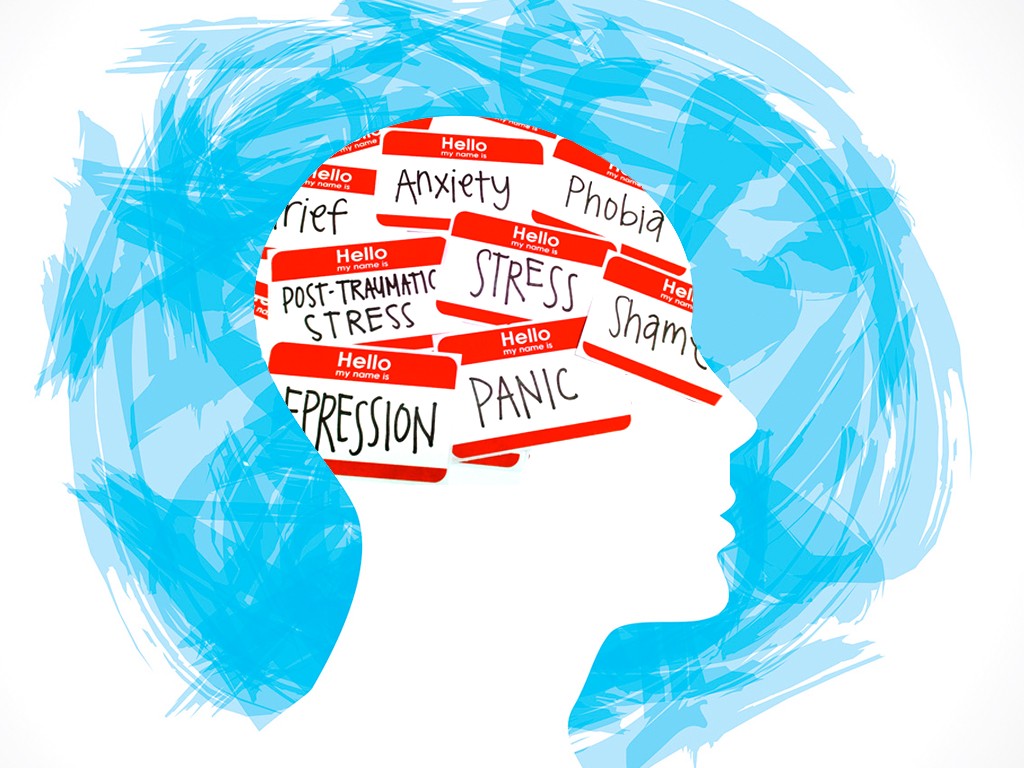Understanding, Supporting, and Promoting Mental Wellness

Mental Health Awareness Month, observed every May, is a vital time for individuals, organizations, and communities to come together to raise awareness about mental health, fight stigma, educate the public, and advocate for policies that support people with mental health conditions. In 2025, the significance of this month is greater than ever. With the continuing global impact of digital life, economic uncertainties, and evolving societal pressures, mental wellness has emerged as a priority area for both personal and collective growth.
This in-depth article explores the importance of Mental Health Awareness Month 2025, common mental health conditions, signs and symptoms, how to support mental well-being, initiatives to break the stigma, and actionable tips for individuals and workplaces. Our goal is to create an informative and SEO-optimized resource that encourages open dialogue and proactive mental health care.
The Importance of Mental Health Awareness
Mental health includes our emotional, psychological, and social well-being. It affects how we think, feel, act, make decisions, and relate to others. When we talk about mental health, we’re not only referring to mental illness but also to overall mental wellness—resilience, coping skills, and life satisfaction.
Raising awareness is critical because:
- 1 in 5 adults in the U.S. experience mental illness in a given year.
- Mental health issues can affect anyone regardless of age, gender, race, or economic status.
- Early intervention leads to better outcomes.
- Stigma prevents people from seeking help.
Mental Health Awareness Month aims to normalize conversations around mental health and empower people with the knowledge and tools to care for their minds as well as their bodies.
Mental Health in 2025: Key Trends and Challenges
In 2025, several factors are influencing mental health trends globally:
- Digital Overload: The constant presence of social media, remote work, and screen time contributes to anxiety and burnout.
- Post-Pandemic Effects: Lingering effects of the COVID-19 pandemic still impact mental health, including grief, isolation, and economic stress.
- Climate Anxiety: Environmental concerns are increasing stress, especially among youth.
- Workplace Pressure: The hustle culture and economic uncertainties are intensifying stress and burnout.
- Improved Awareness: On the positive side, there is more open dialogue and access to resources than ever before.
Understanding these trends allows us to develop strategies that are timely, relevant, and effective.
Common Mental Health Conditions
1. Depression
A mood disorder causing persistent feelings of sadness, hopelessness, and lack of interest in daily activities.
2. Anxiety Disorders
Includes generalized anxiety disorder (GAD), panic disorder, phobias, and social anxiety disorder. Characterized by excessive worry, restlessness, and physical symptoms.
3. Bipolar Disorder
A mental illness involving episodes of mood swings ranging from depressive lows to manic highs.
4. Post-Traumatic Stress Disorder (PTSD)
Triggered by a traumatic event, PTSD leads to flashbacks, nightmares, and severe anxiety.
5. Obsessive-Compulsive Disorder (OCD)
Involves unwanted, recurring thoughts and repetitive behaviors.
6. Eating Disorders
Such as anorexia, bulimia, and binge-eating disorder, often tied to body image and emotional regulation.
7. Substance Use Disorders
Mental health conditions involving the misuse of alcohol, drugs, or other substances.
Understanding these conditions helps in early identification and support.
Signs and Symptoms of Mental Health Challenges
Recognizing signs of mental health issues is the first step toward getting help. Common symptoms include:
- Persistent sadness or irritability
- Withdrawal from social interactions
- Changes in appetite or sleep
- Fatigue or low energy
- Difficulty concentrating
- Feelings of worthlessness
- Physical symptoms without clear cause (headaches, stomachaches)
- Suicidal thoughts or behaviors
If you or someone you know is experiencing these symptoms, it’s important to seek professional help.
Ways to Support Mental Health
1. Self-Care Practices
- Sleep: Aim for 7-9 hours per night
- Nutrition: Eat balanced meals
- Exercise: Regular physical activity improves mood
- Mindfulness: Practice meditation or breathing techniques
- Digital Detox: Set boundaries with screen time
2. Seeking Professional Help
- Psychologists, therapists, and counselors offer evidence-based interventions.
- Teletherapy and mental health apps have increased accessibility.
3. Building a Support Network
- Stay connected with friends and family
- Join support groups (in-person or virtual)
4. Setting Realistic Goals
- Break tasks into small steps
- Celebrate progress
5. Educating Yourself and Others
- Read mental health literature
- Share accurate information
Mental Health in the Workplace
Workplace mental health is a growing concern in 2025. Burnout, stress, and job dissatisfaction are linked to poor mental health outcomes. Employers can support mental well-being by:
- Promoting a culture of openness
- Offering Employee Assistance Programs (EAPs)
- Providing mental health days
- Ensuring manageable workloads
- Encouraging work-life balance
Employees can:
- Speak up about their needs
- Take regular breaks
- Create a comfortable workspace
Breaking the Stigma
Despite growing awareness, stigma still exists. Common myths include:
- “Mental illness is a sign of weakness”
- “Therapy is only for serious issues”
- “People with mental illness are violent”
To break the stigma:
- Share personal stories
- Use respectful, inclusive language
- Encourage open conversations
- Support mental health advocacy groups
Mental Health Resources
Here are some valuable resources available in 2025:
- National Alliance on Mental Illness (NAMI): Offers education, advocacy, and support
- Mental Health America (MHA): Provides screening tools and educational materials
- WHO Mental Health Atlas: Global data and insights
- Local hotlines and counseling centers
- Mobile apps: BetterHelp, Talkspace, Headspace, Calm
Activities for Mental Health Awareness Month
- Organize Mental Health Workshops
- Host a Community Wellness Fair
- Launch a Social Media Campaign
- Create a Mental Health Resource Corner
- Offer Free Mental Health Screenings
- Encourage Employee Mental Health Days
What You Can Do This Month
As an Individual
- Take a mental health screening
- Practice daily mindfulness
- Check in with a friend
- Read a book on mental health
- Donate to a mental health organization
As a Business
- Share mental health content
- Promote EAP services
- Organize a webinar or guest speaker
- Support mental health charities
As a Community Member
- Volunteer for awareness events
- Start a conversation in your neighborhood or workplace
- Share educational materials on social media
Mental Health Awareness Month 2025 is a reminder that mental well-being is essential to overall health. With proper education, proactive strategies, and a compassionate approach, we can break the stigma and create a world where mental health is prioritized. Whether you’re an individual seeking help, a business supporting employees, or a community advocate, your role matters. Let this month be a turning point for deeper awareness, meaningful change, and collective action.
Together, let’s make mental health a priority—not just in May, but every day.





